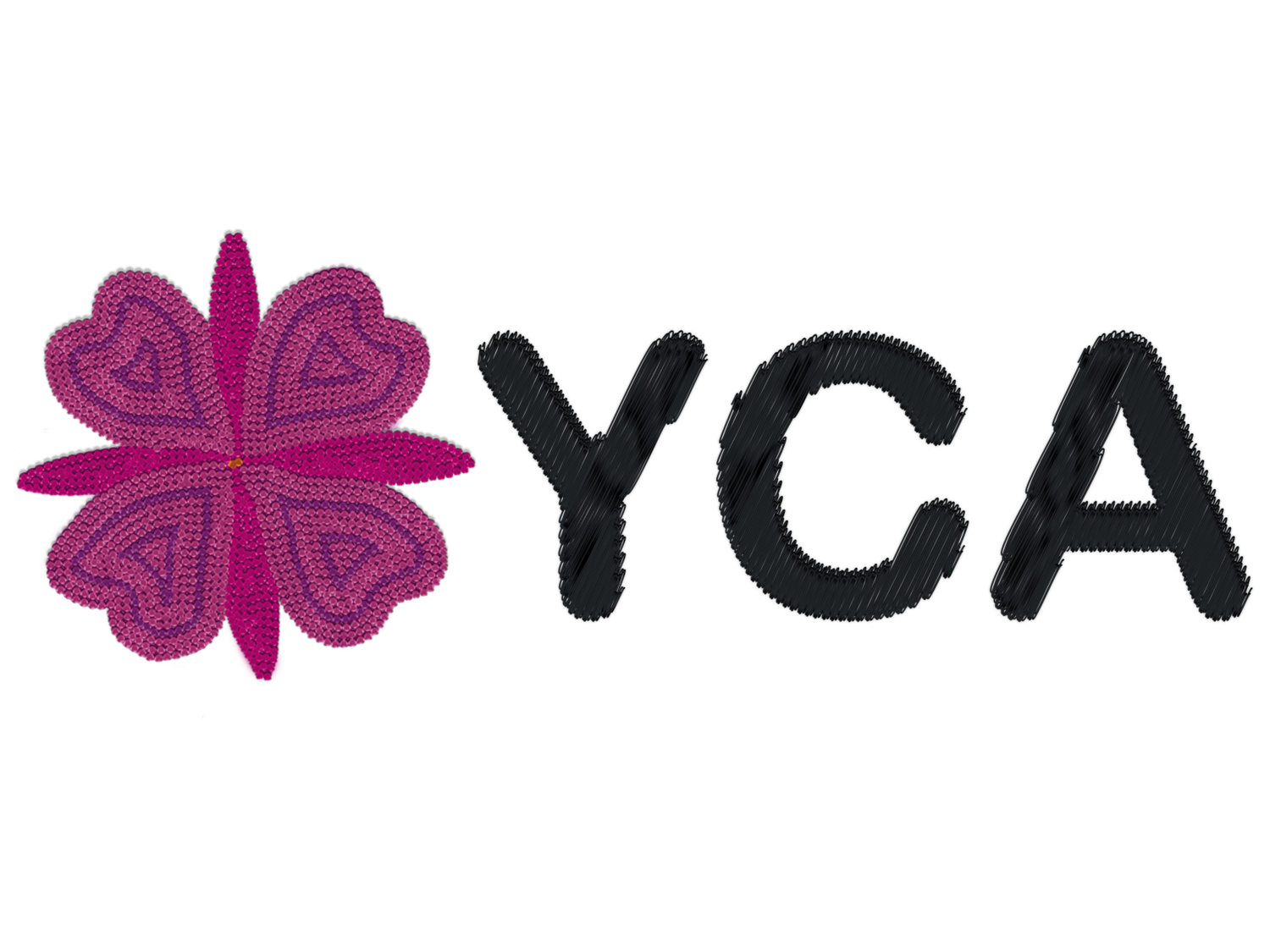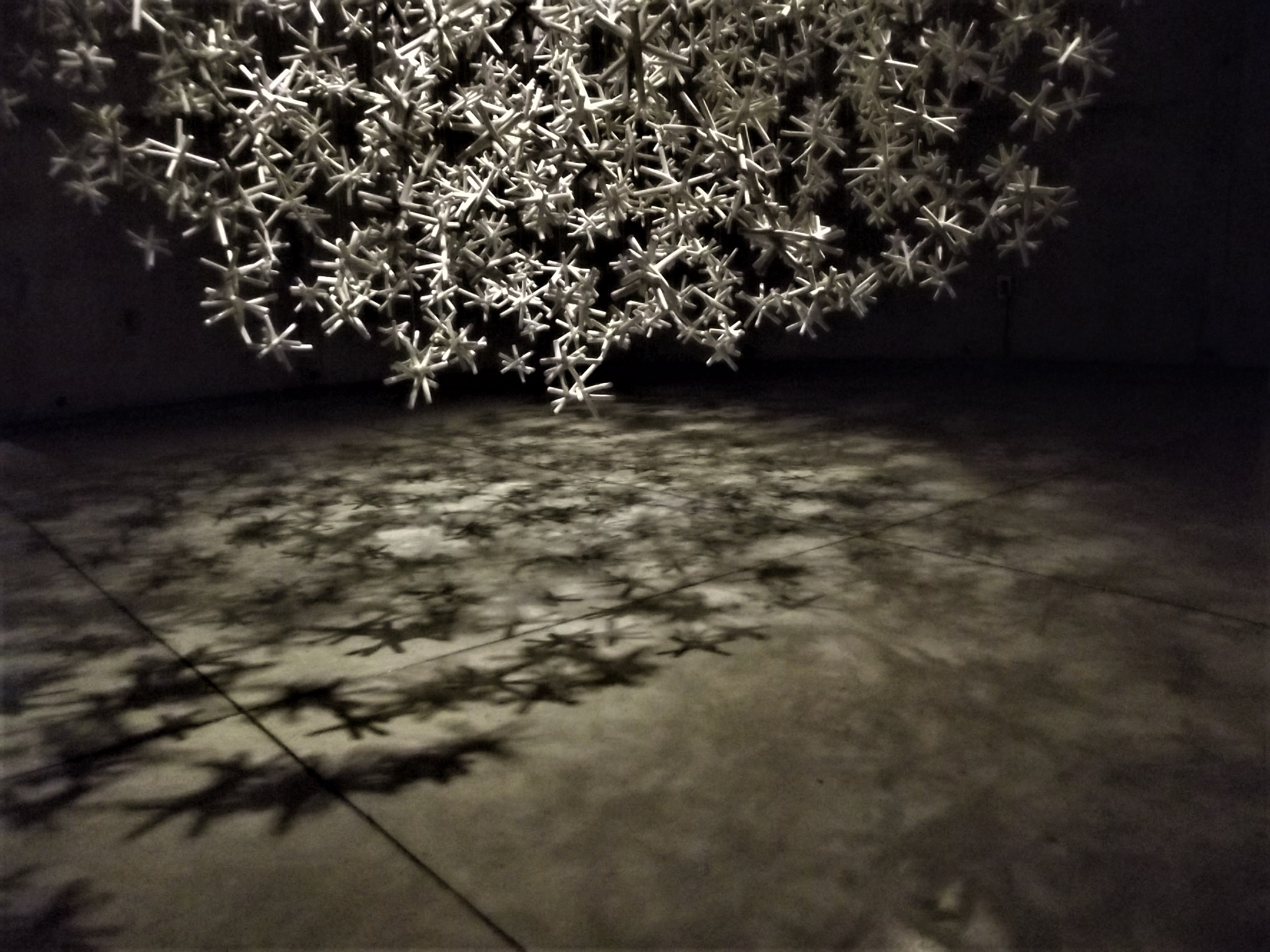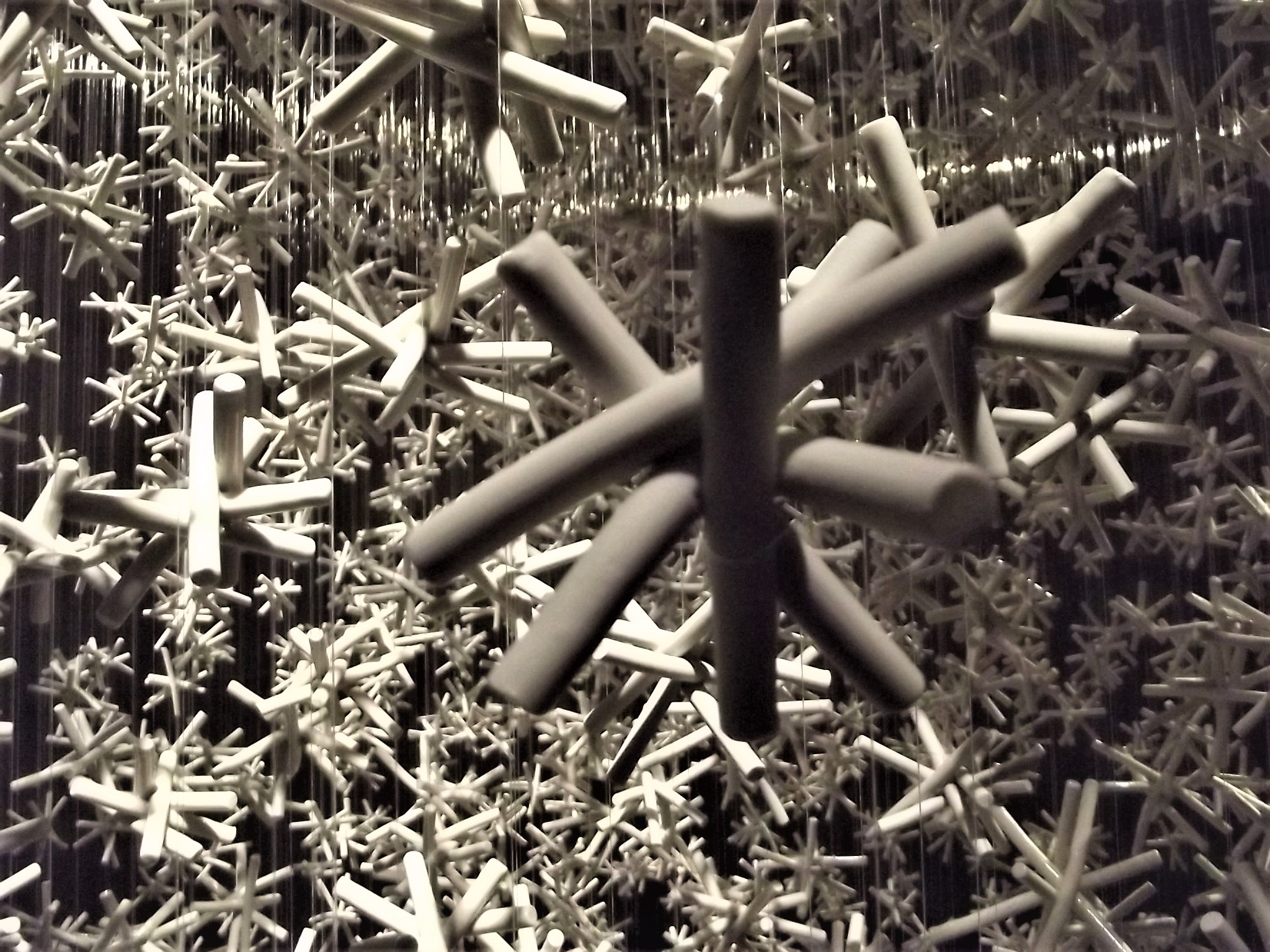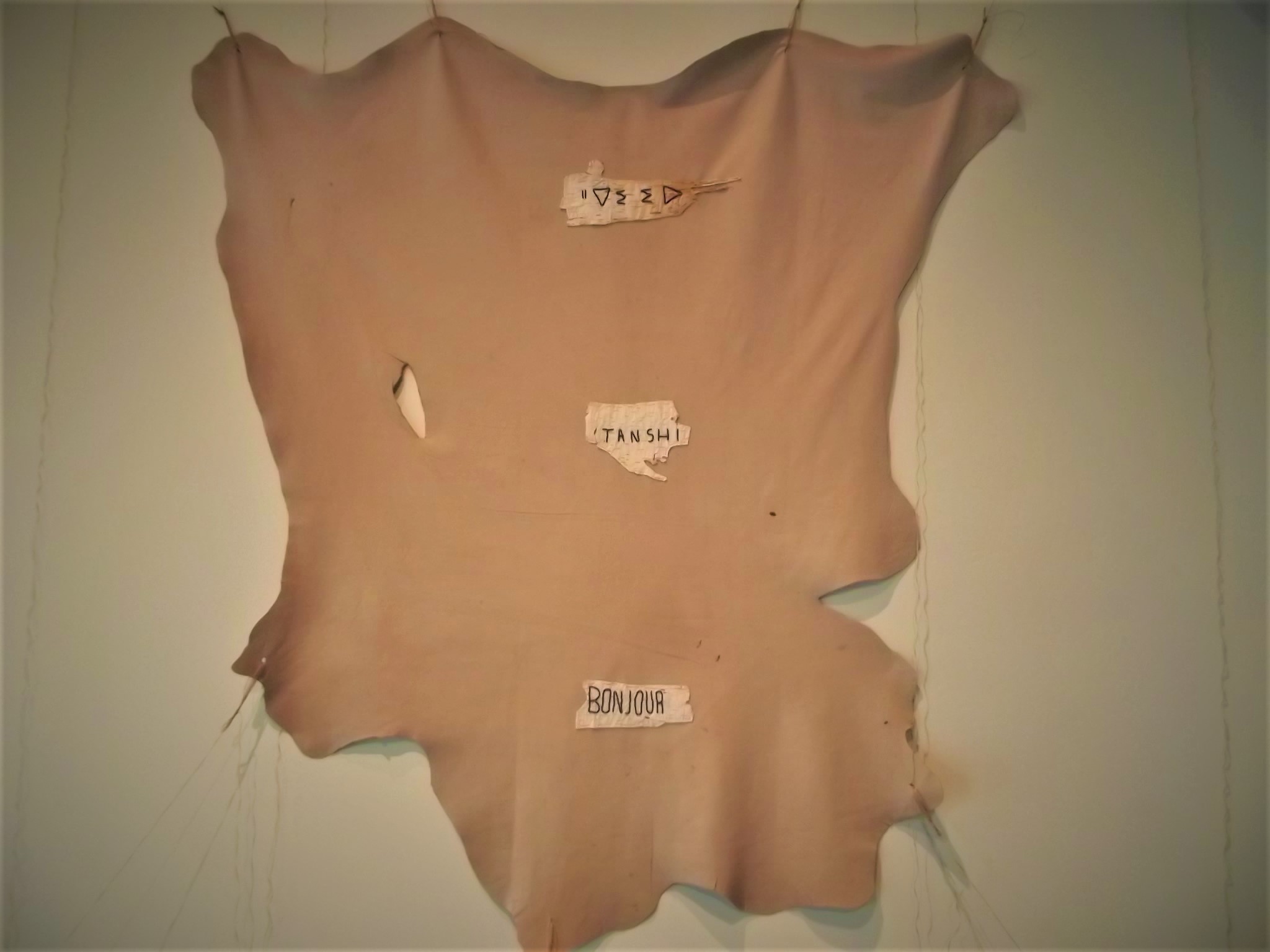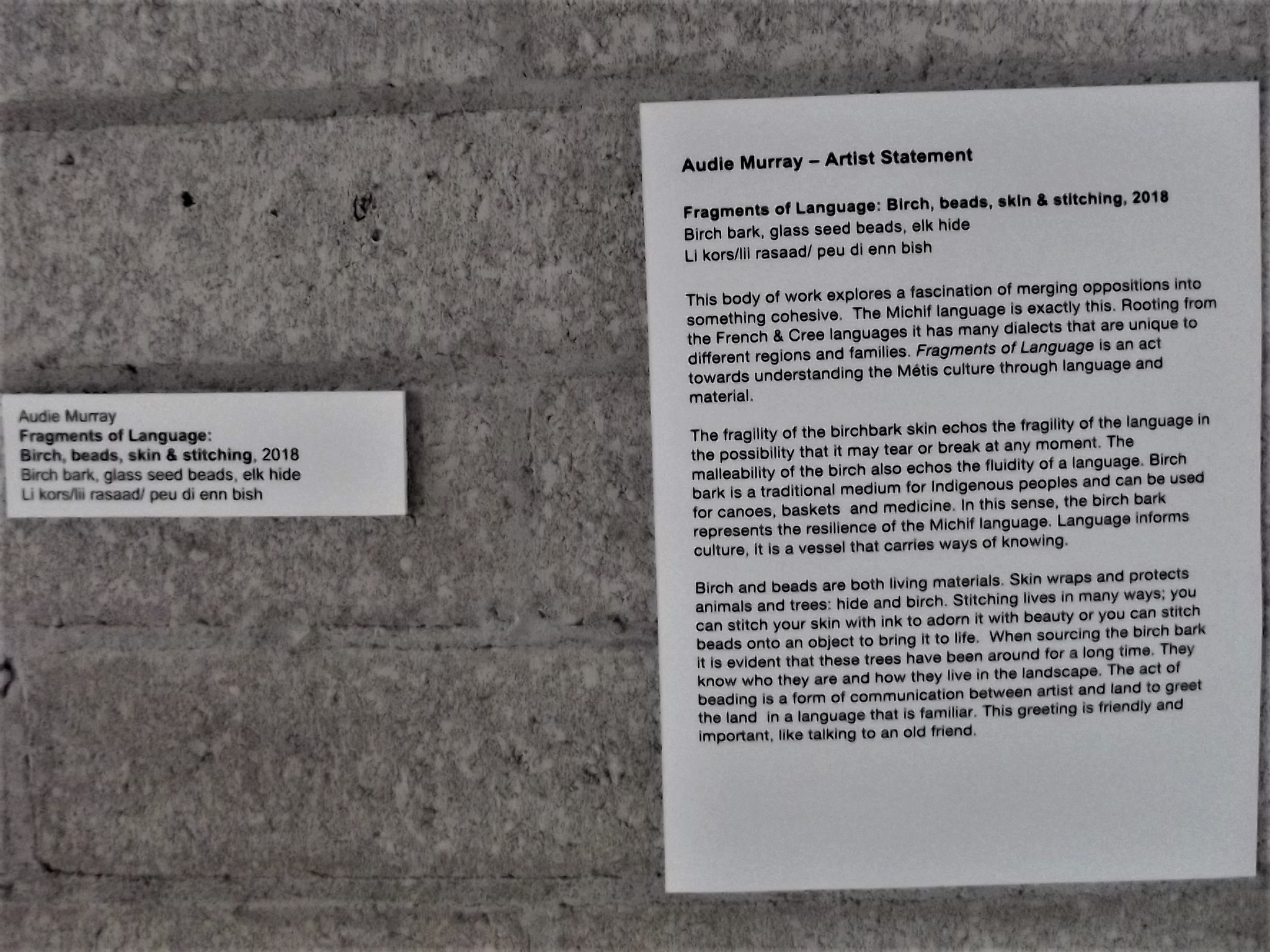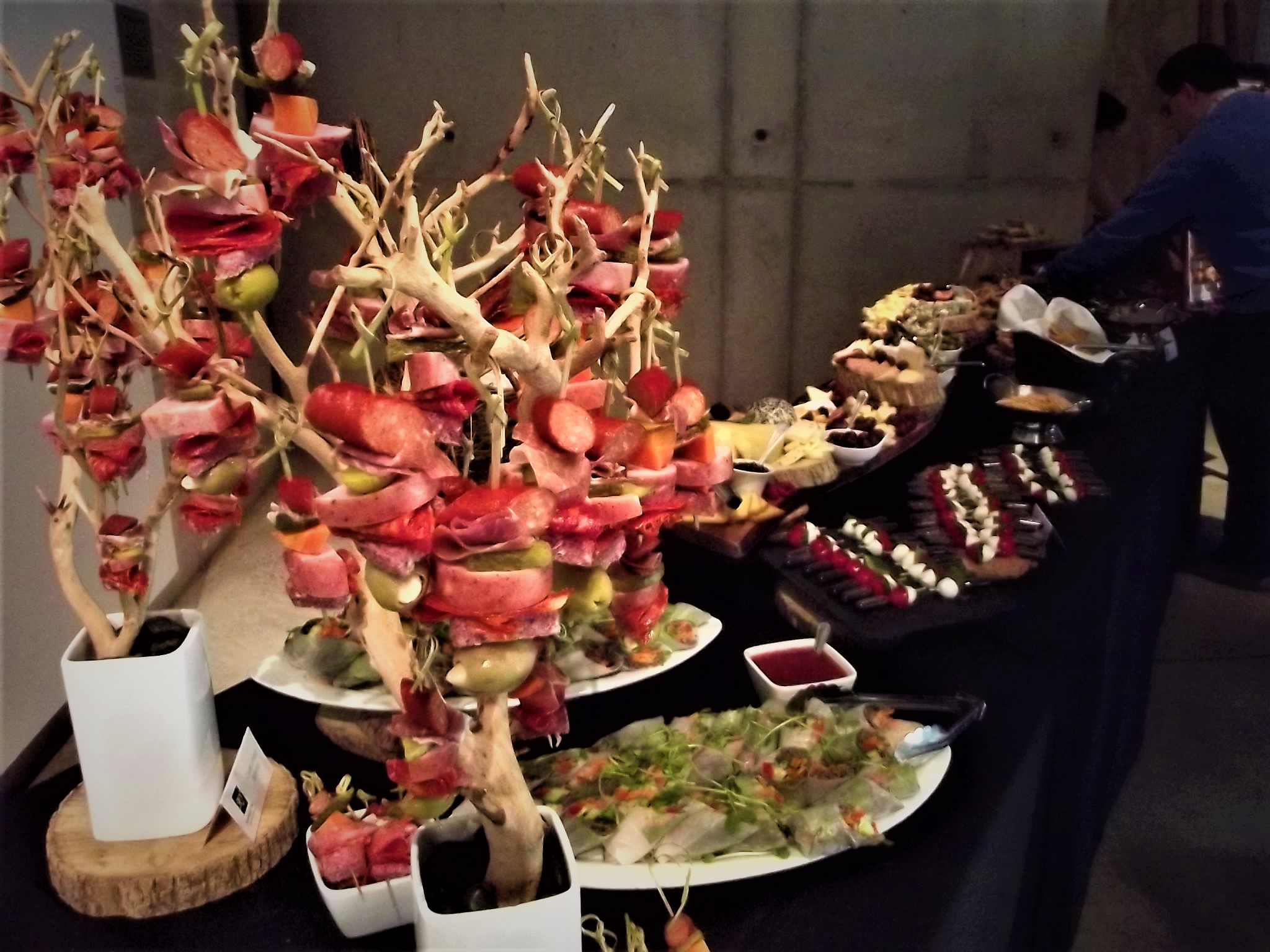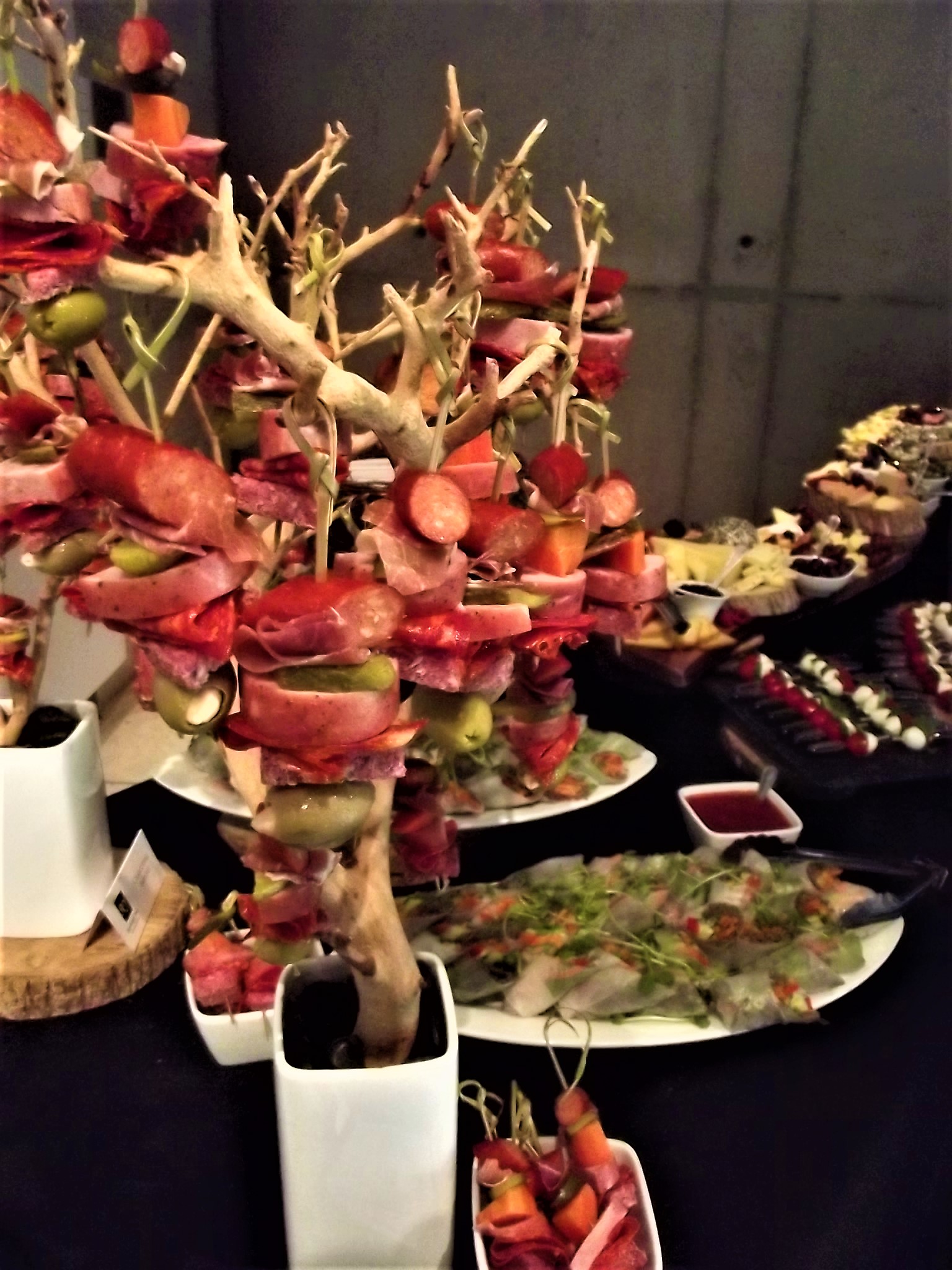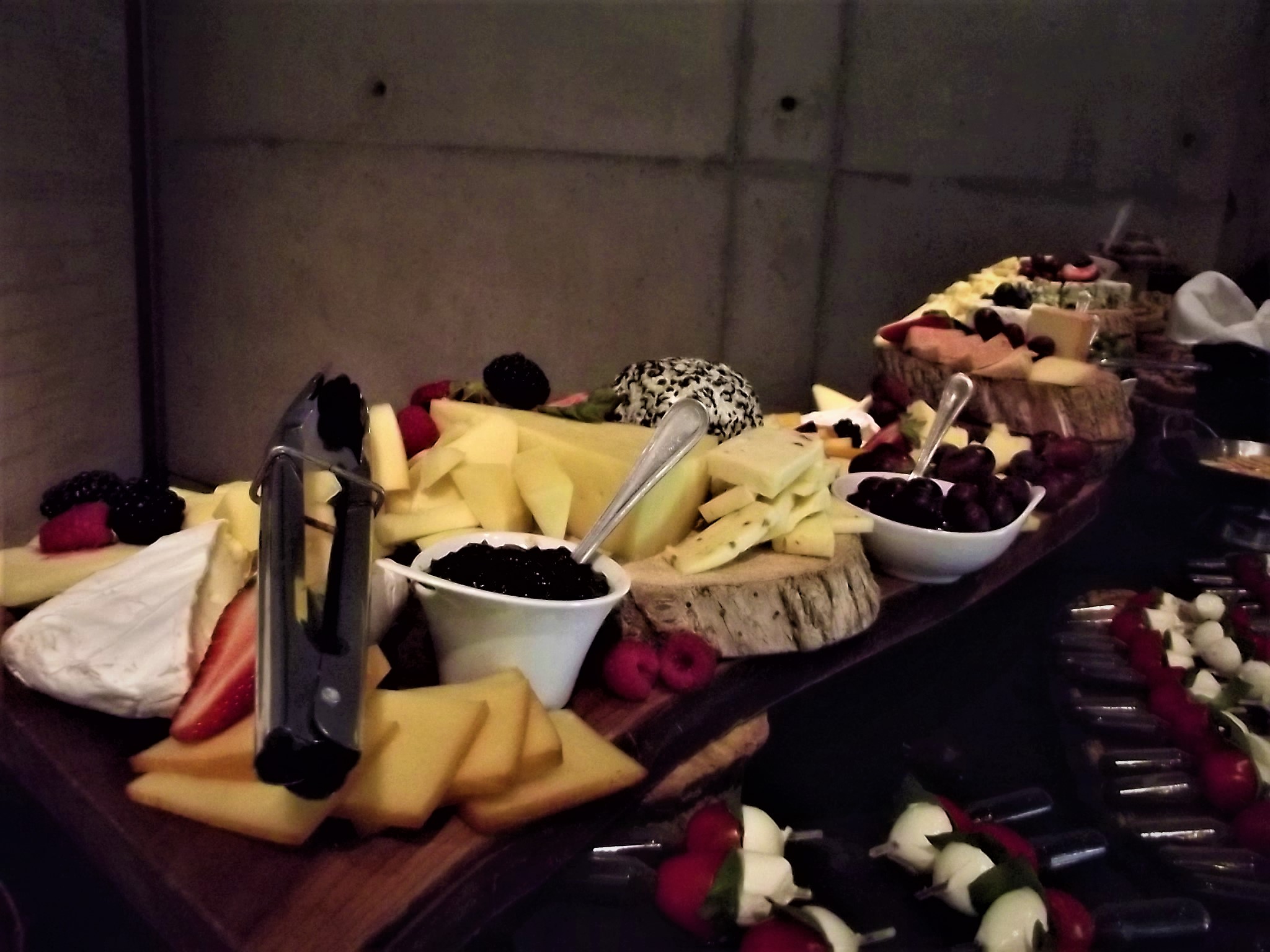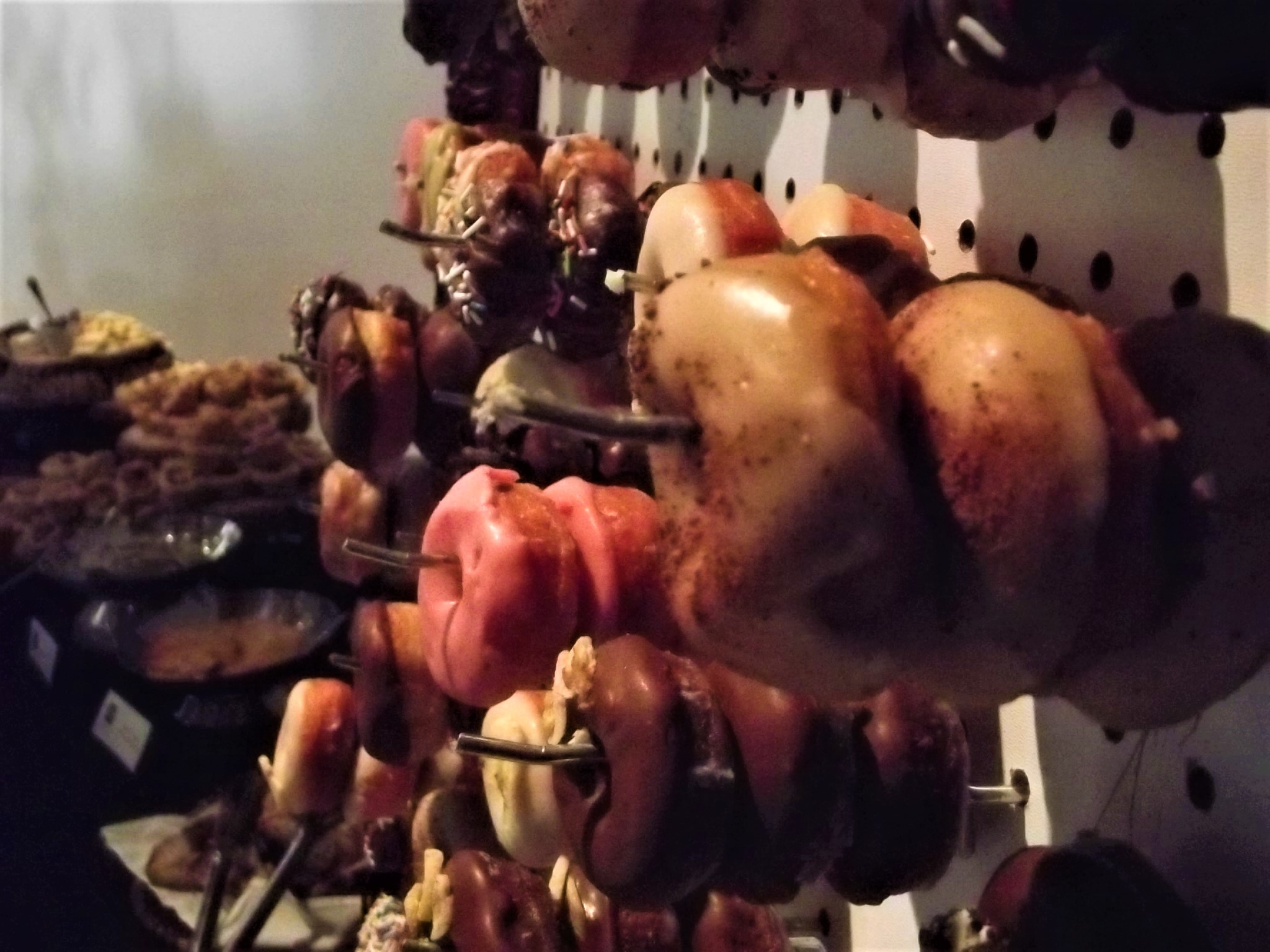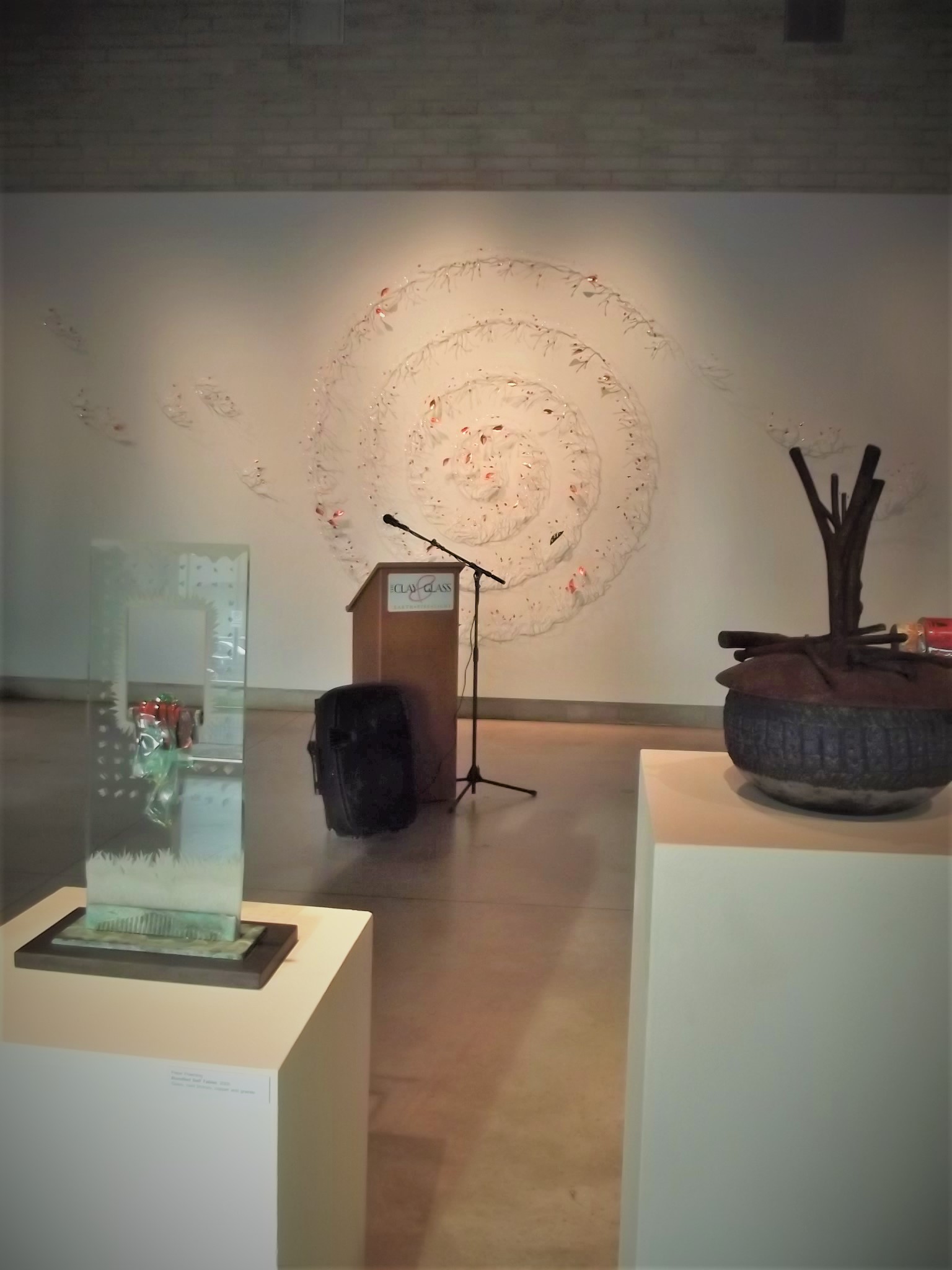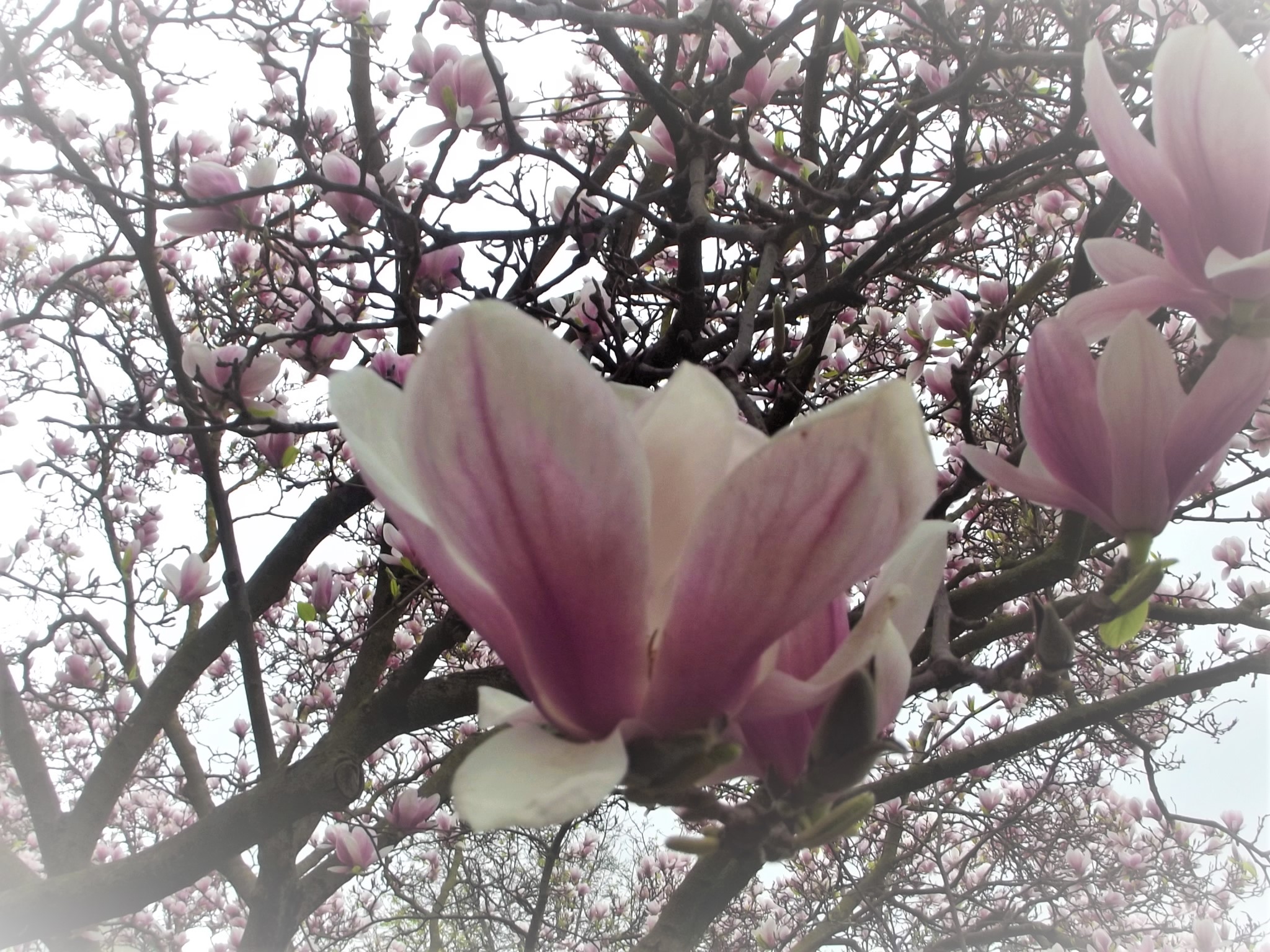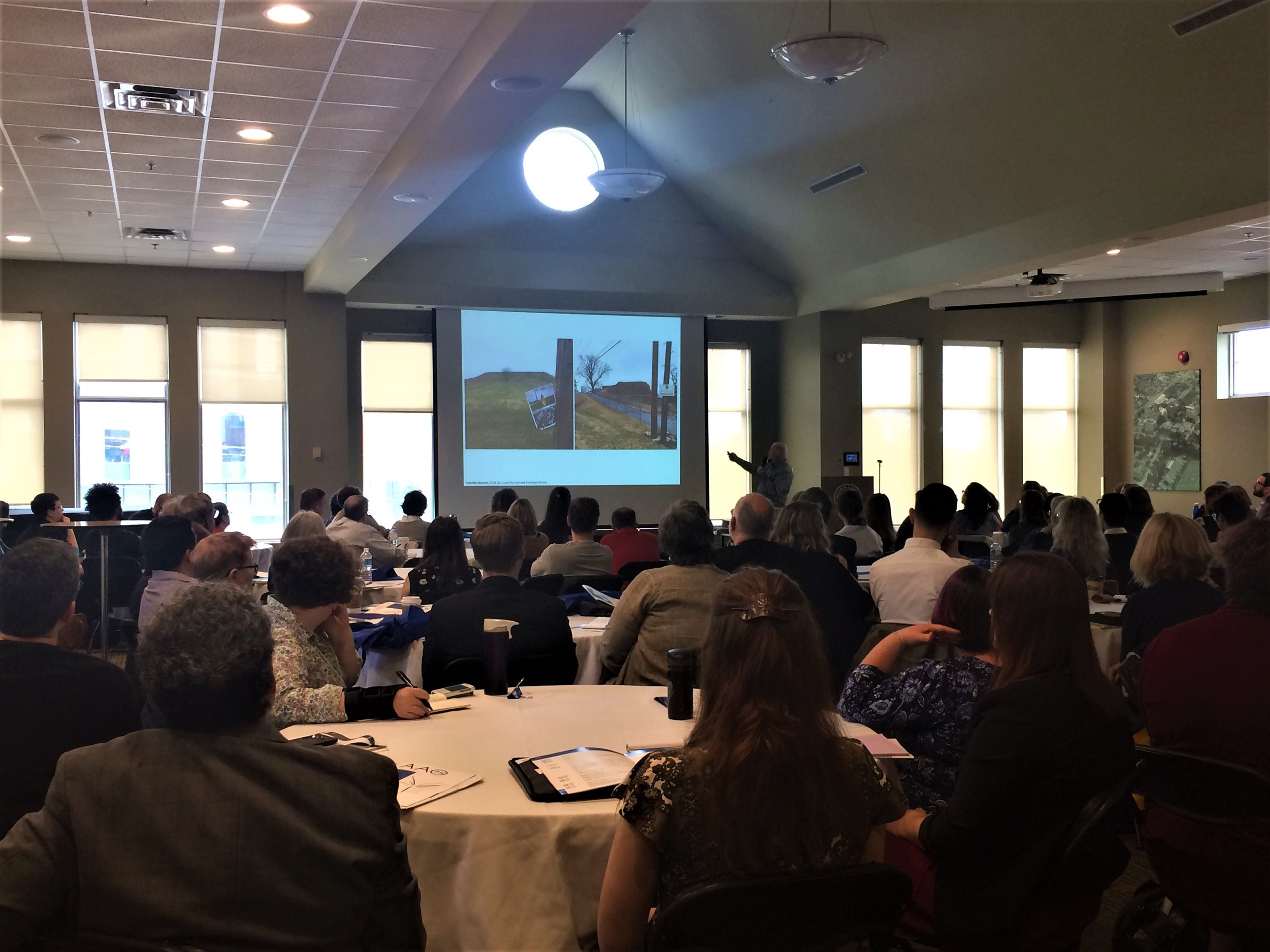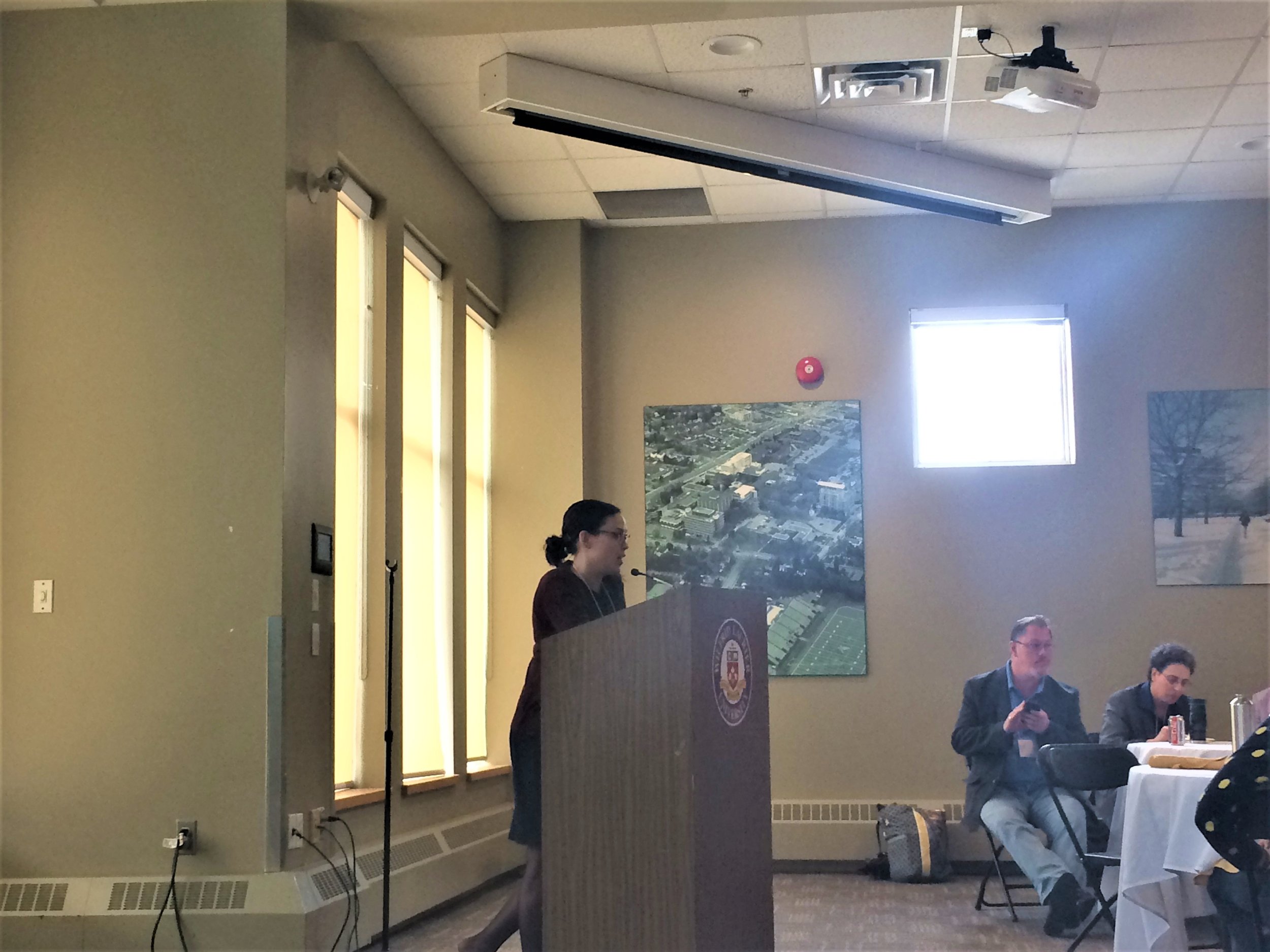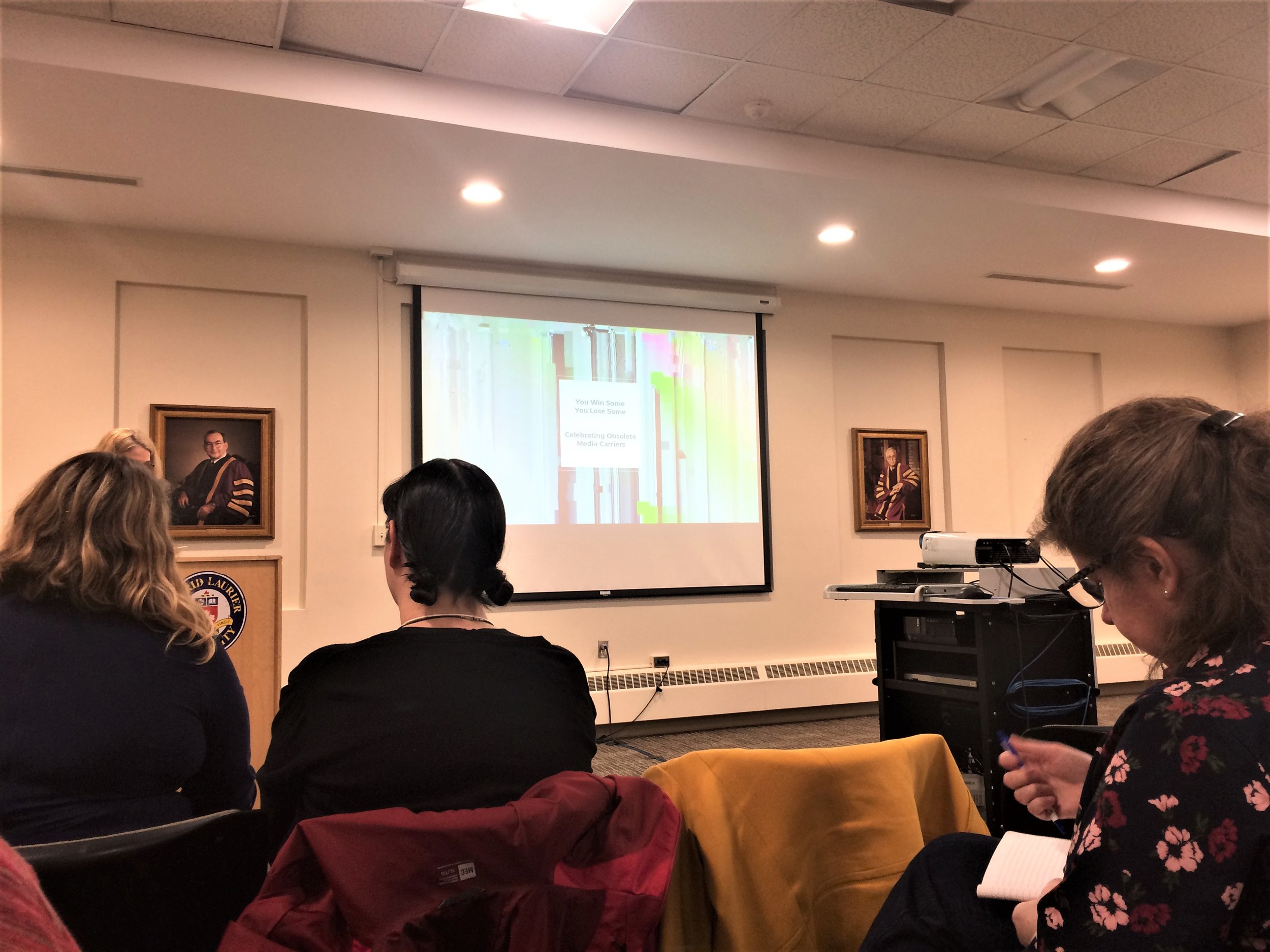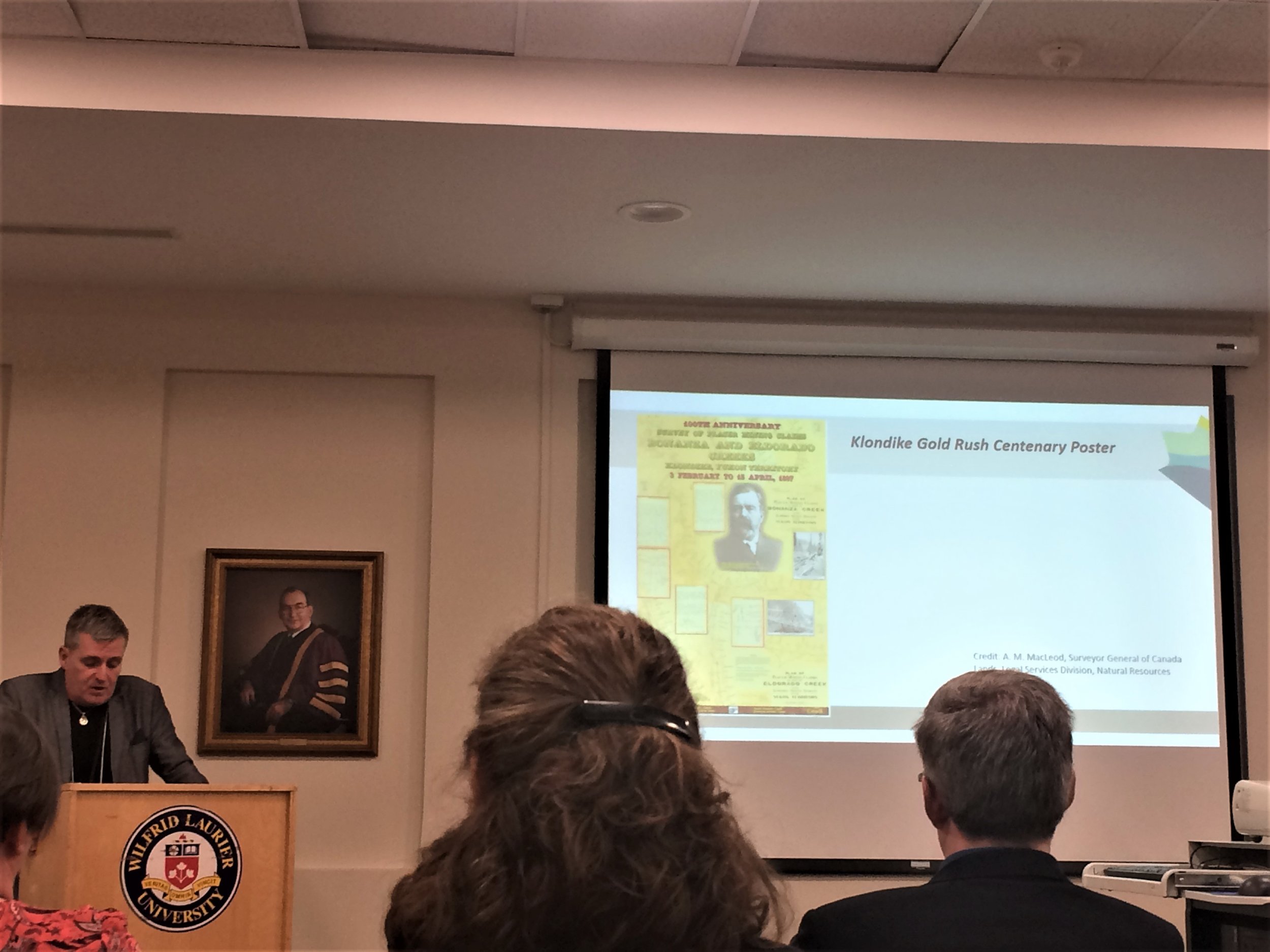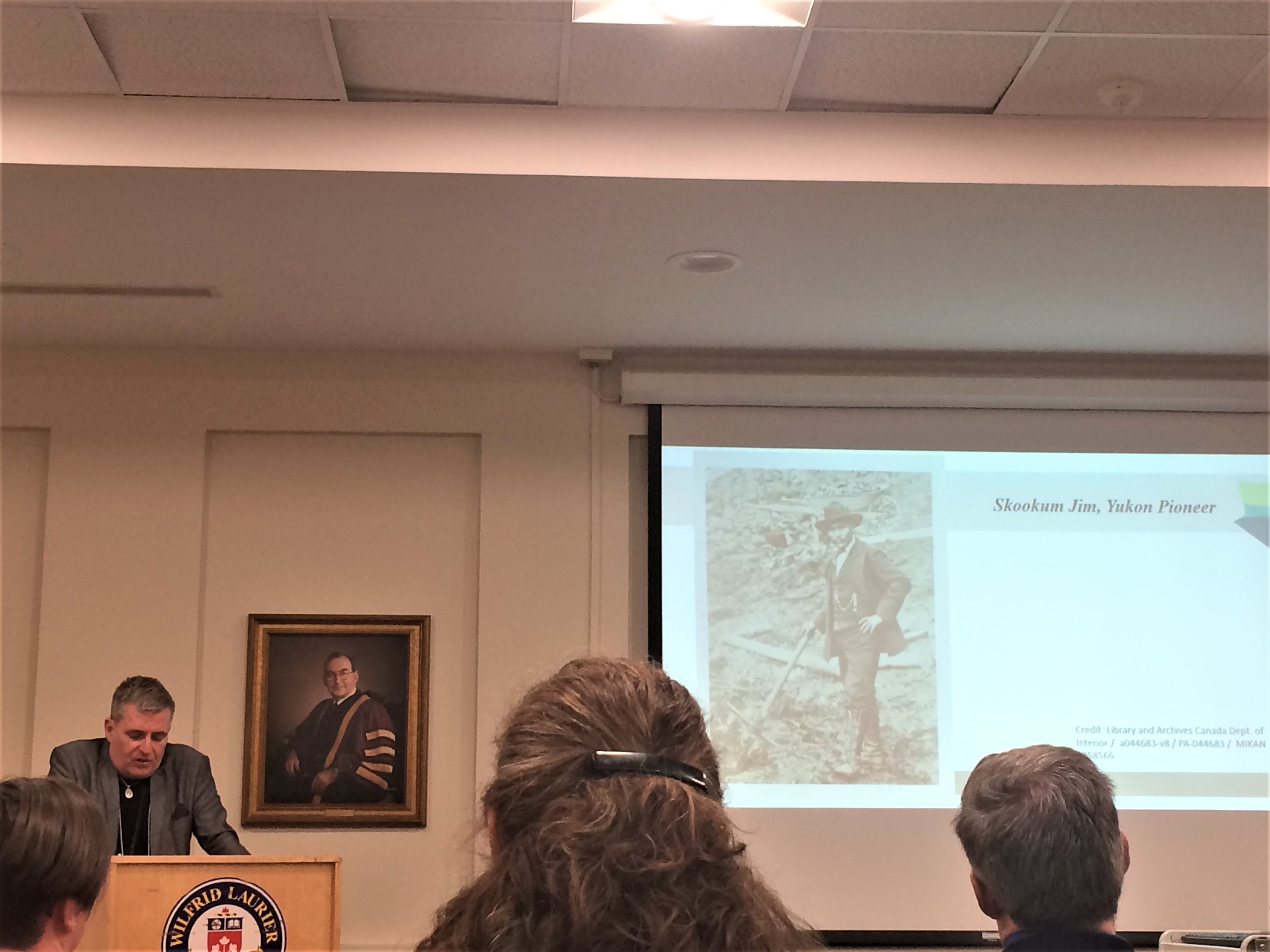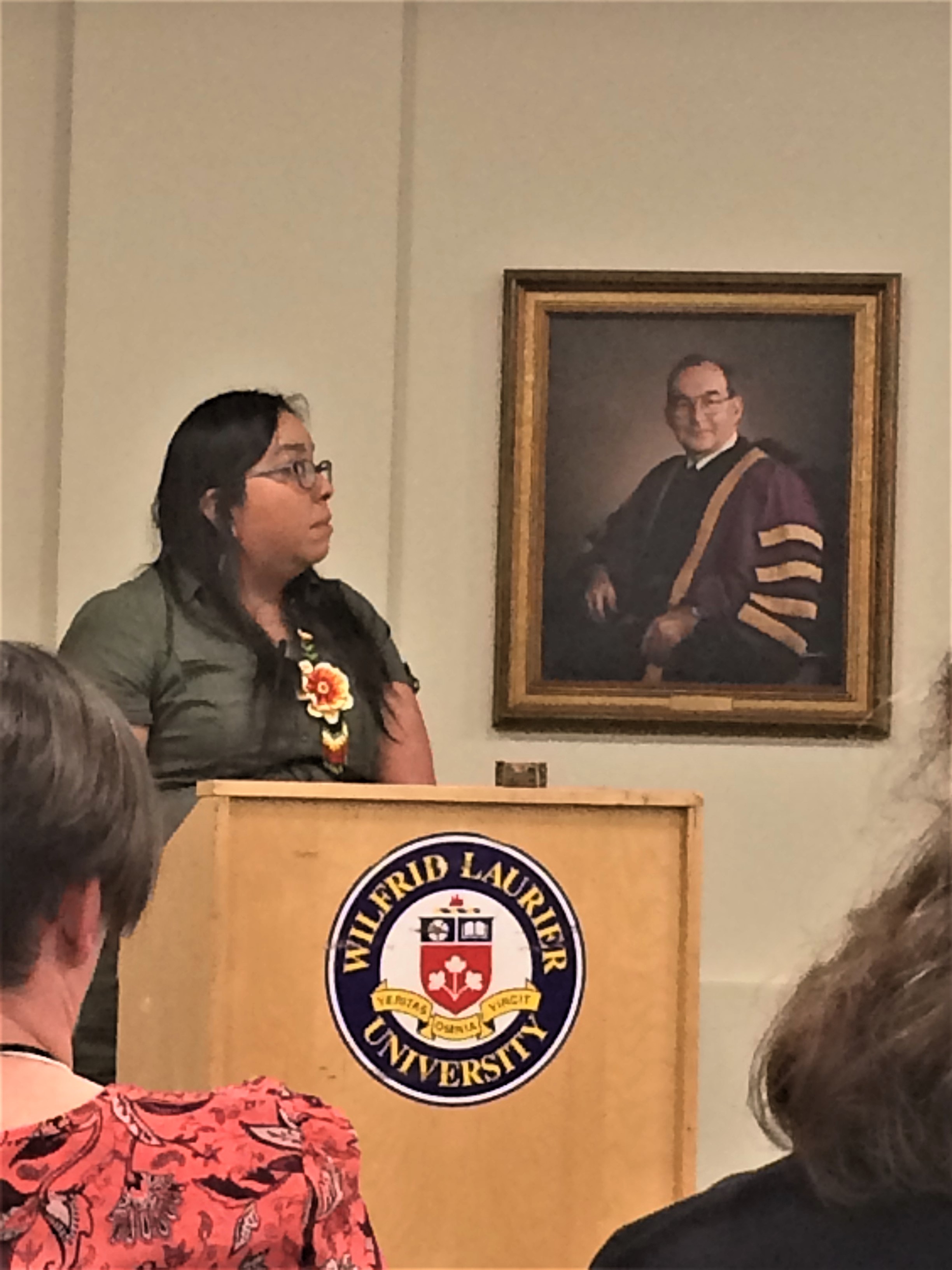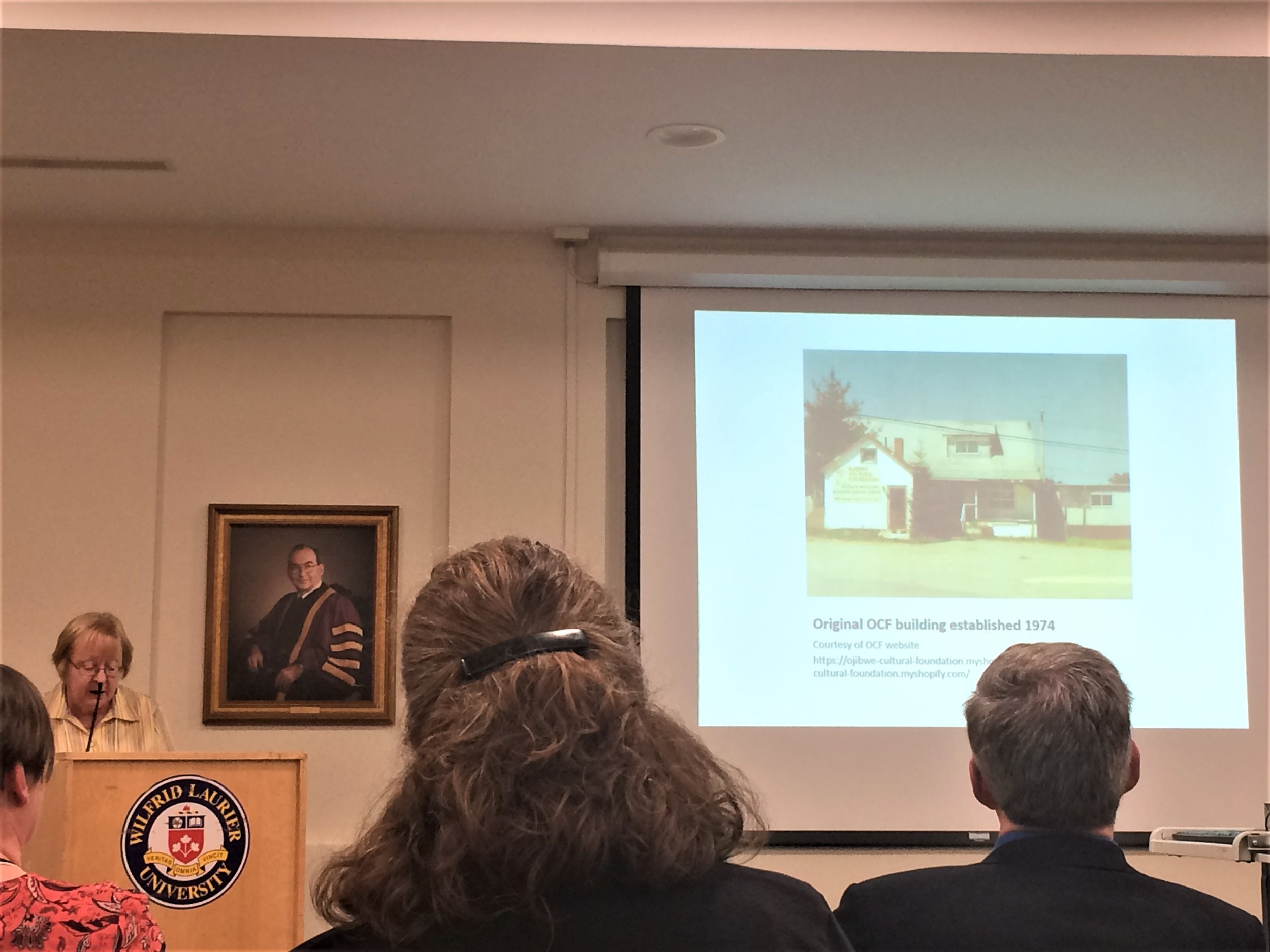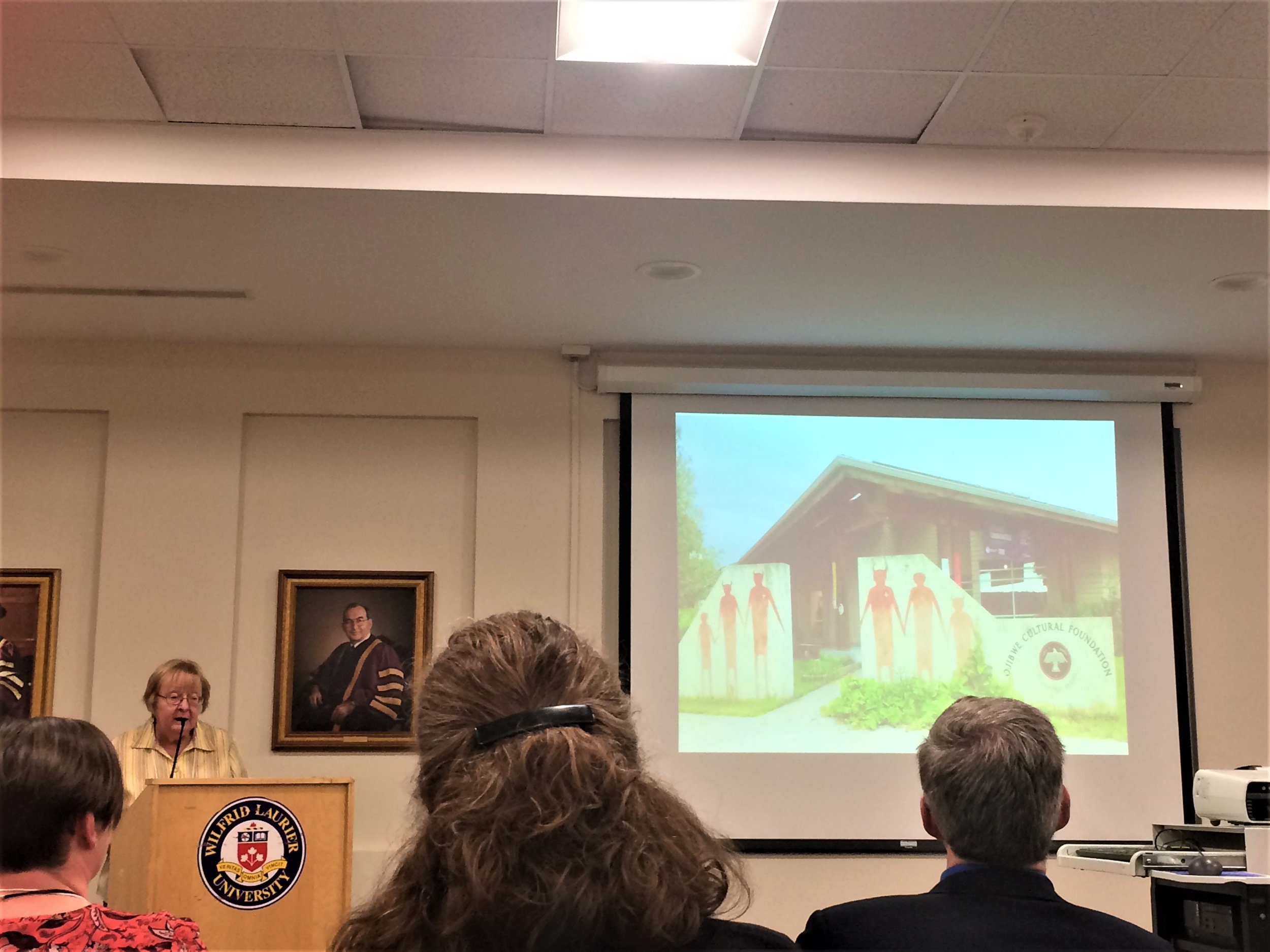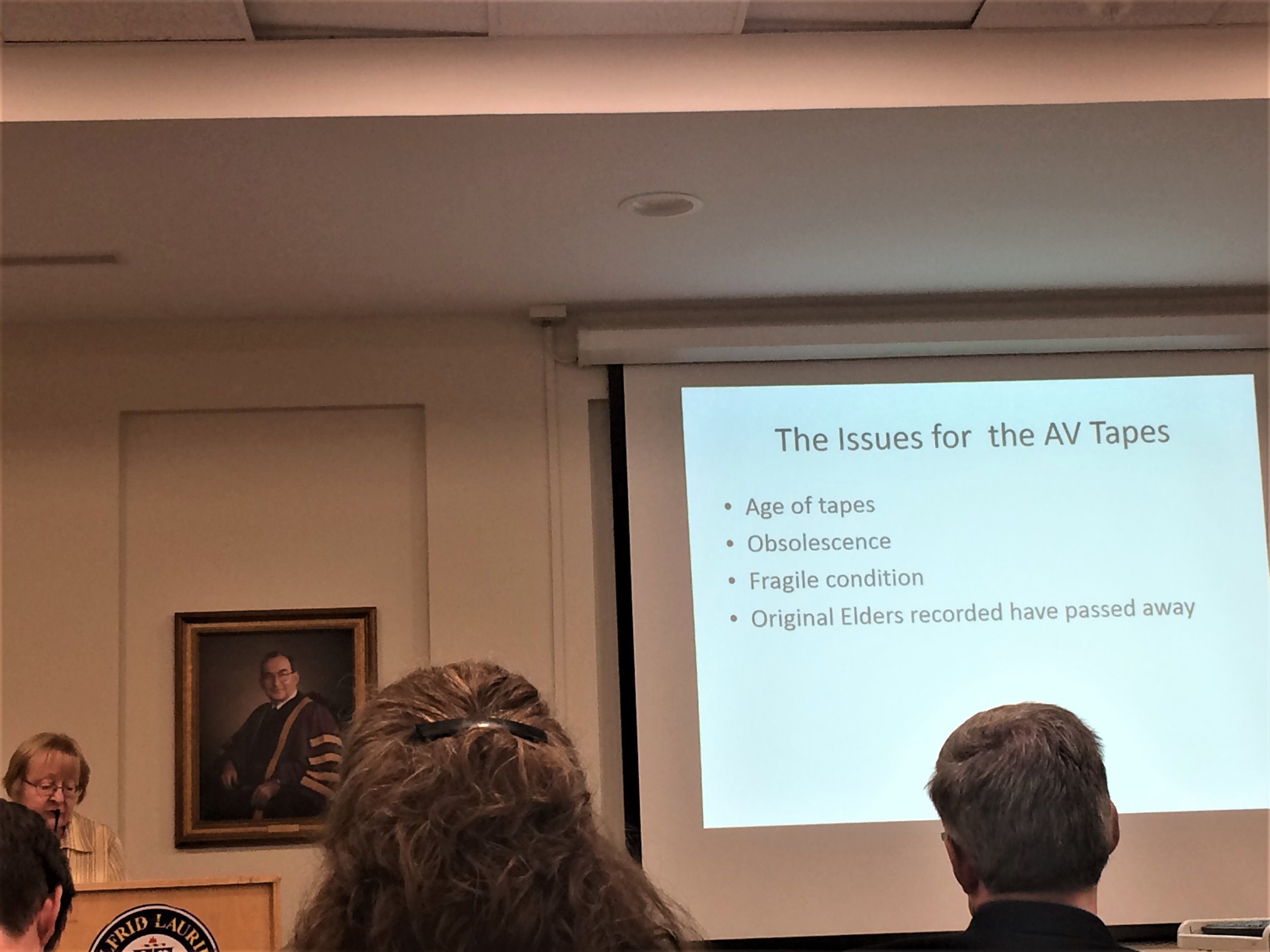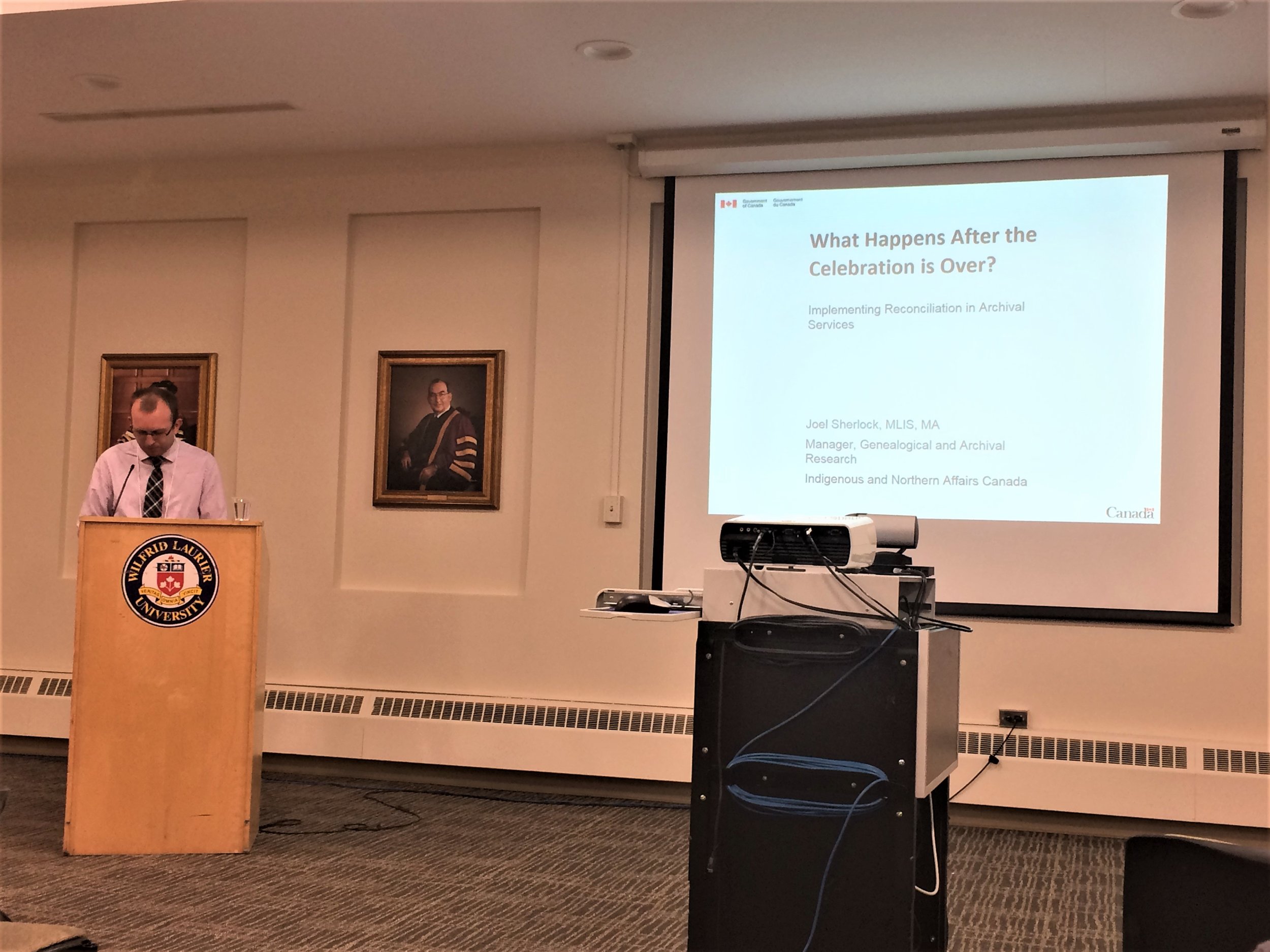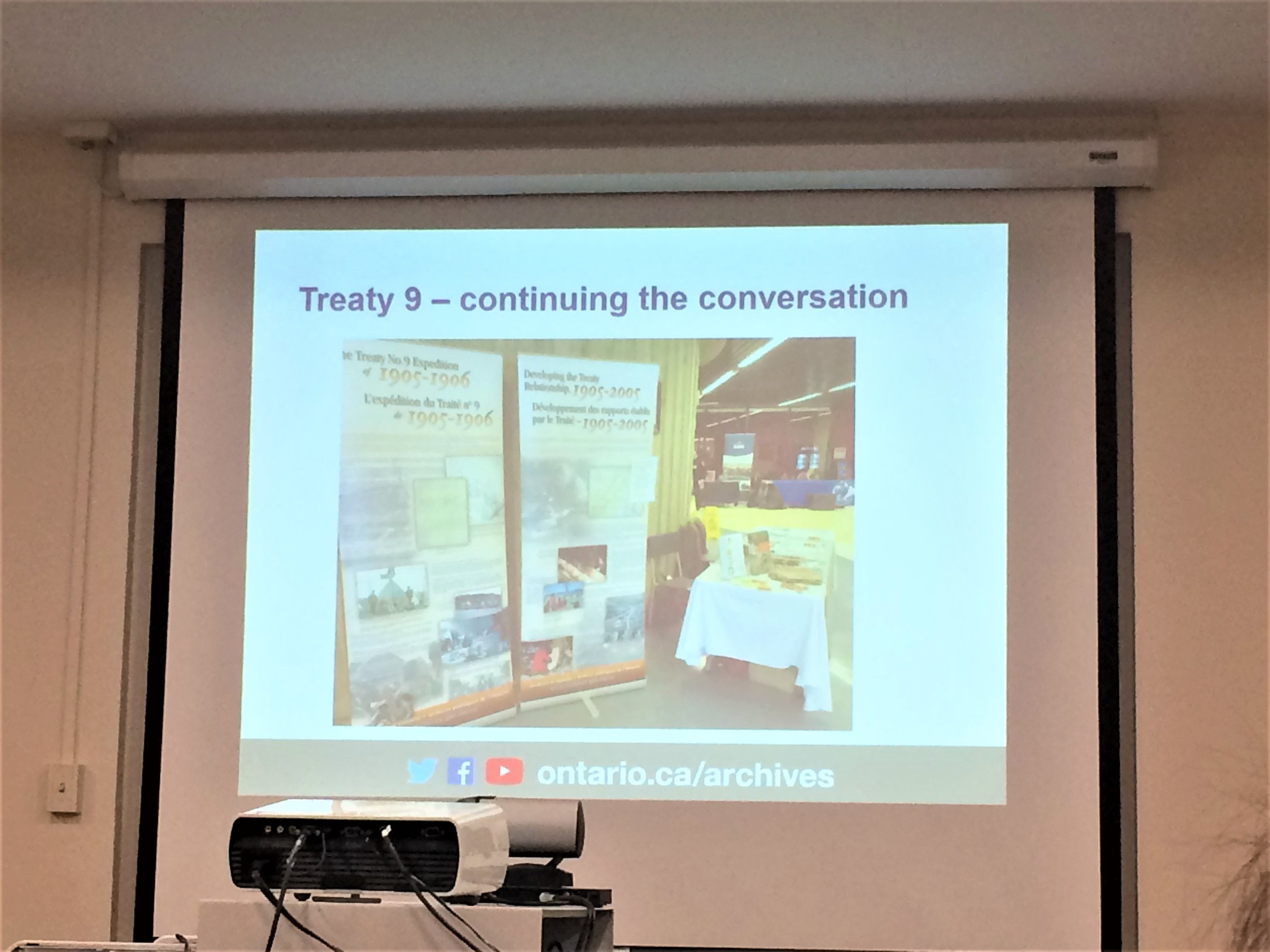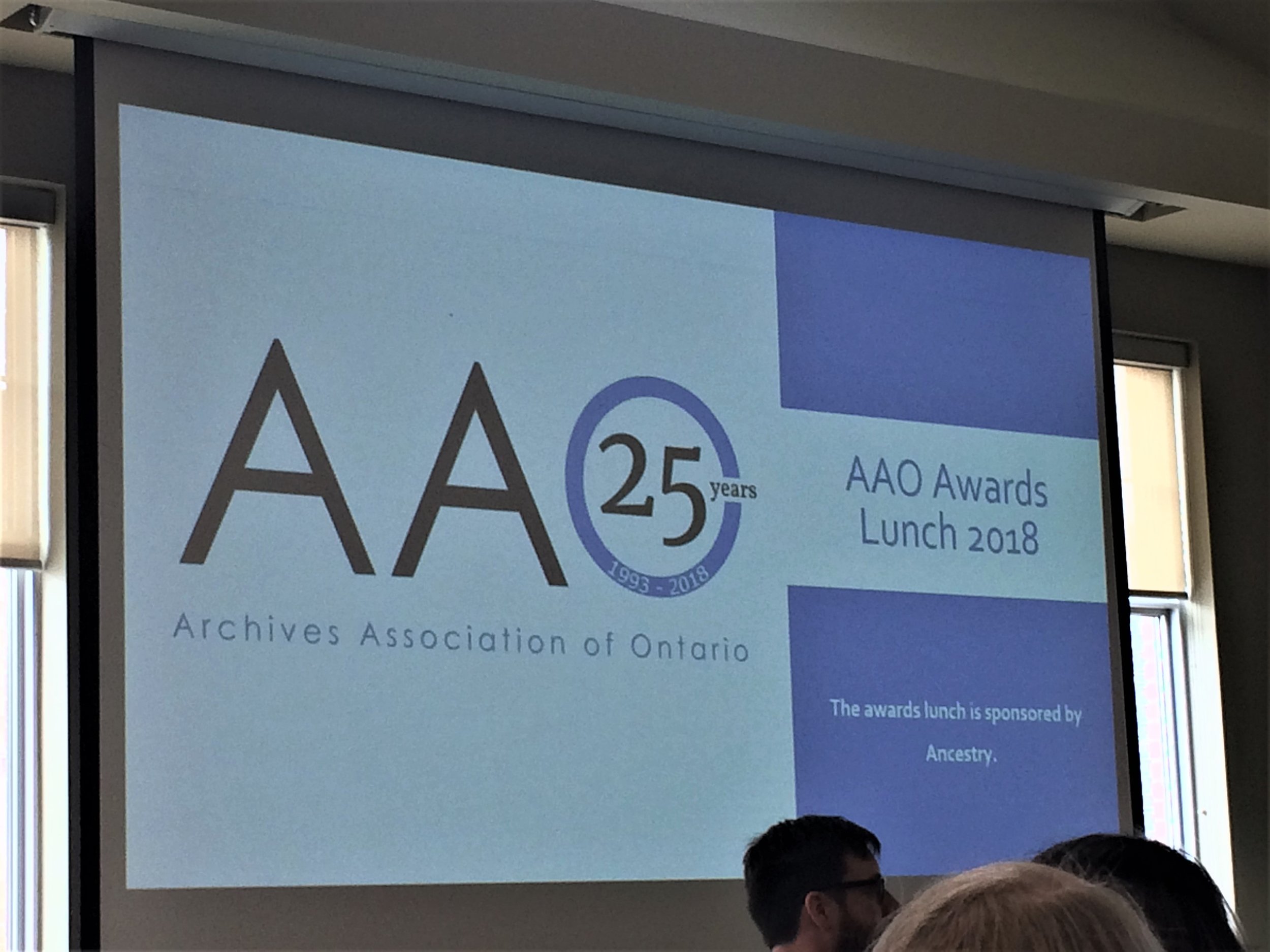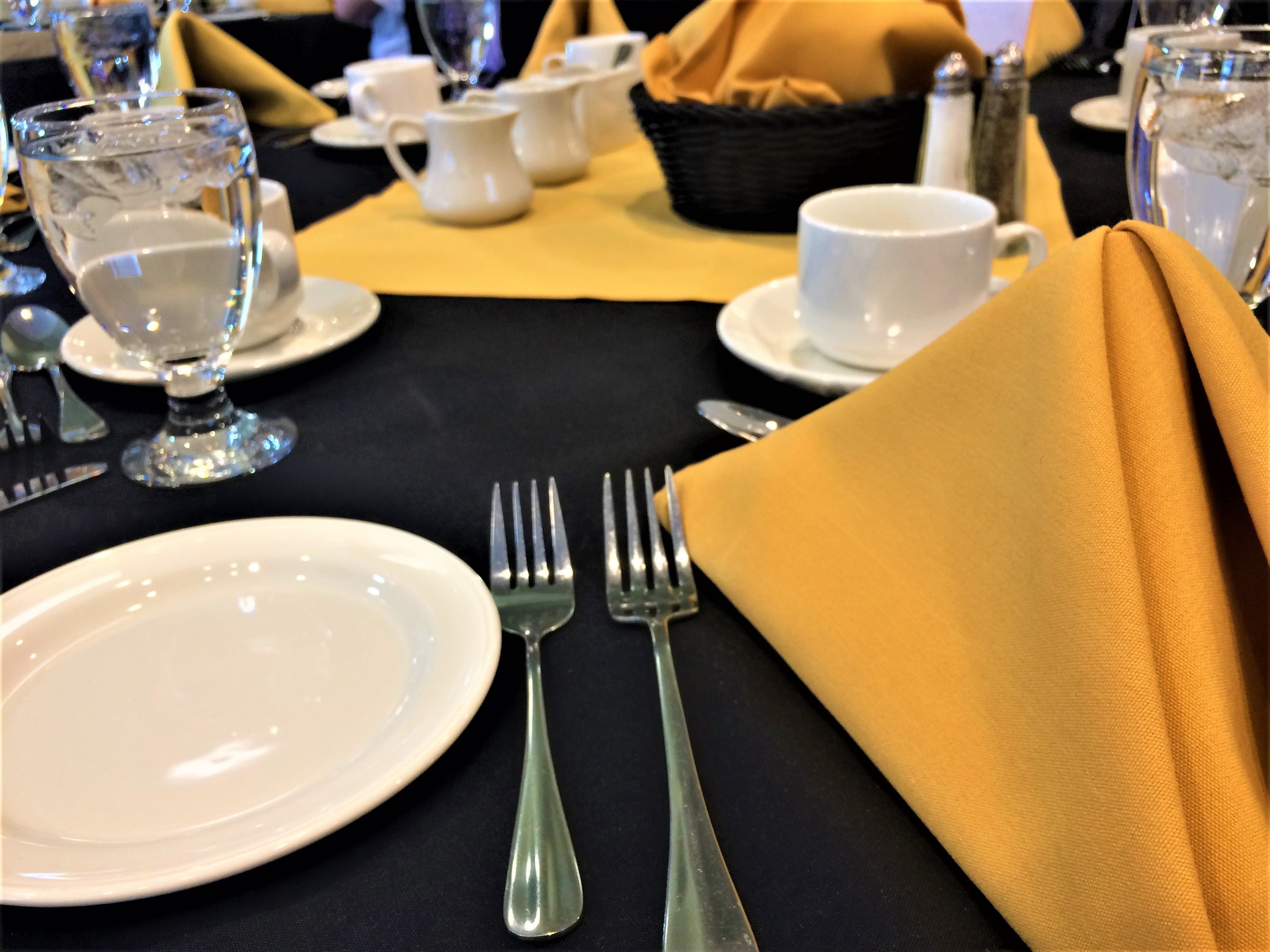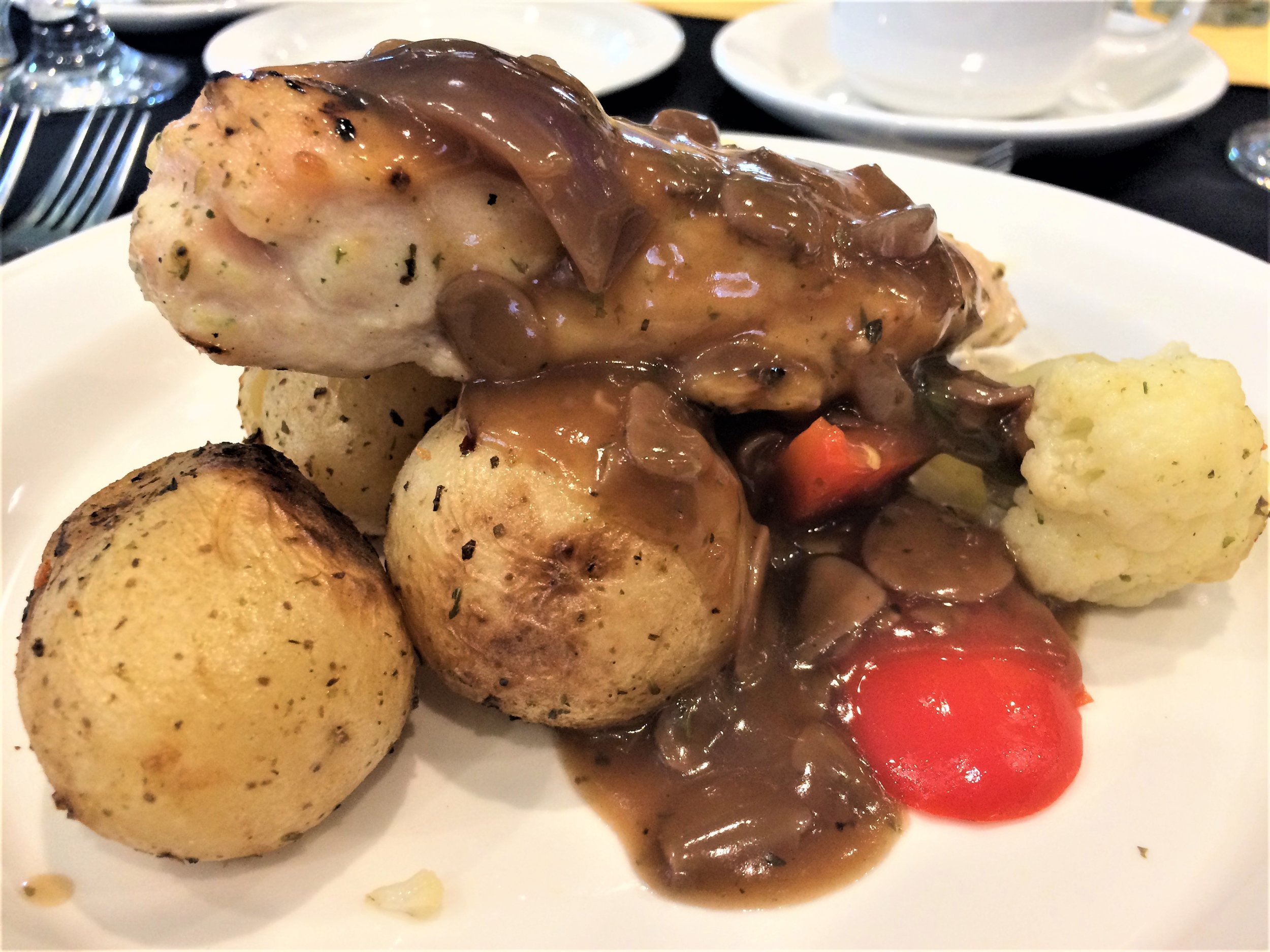Programs At-A-Glance PDF
Excerpts From the Program booklet: "This year's AAO conference theme, "The Good, the Bad, and the Ugly" celebrates the 25th anniversary of the council. This program explores celebrations and takes an inward look at the interpretations of events and how the archival profession and the public evaluates their success."
"Established in 1993, the AAO is a network of archives and archivists providing programs, education, advocacy and shared knowledge. It consists of 325 active members and it represents the Ontario archival institution and professional as well as users and supporters of archives (Dave Jaworsky 2018)".
"The conference venue chosen takes members to the city of Waterloo's Universities, the University of Waterloo and Wilfred Laurier University. AAO acknowledges that the conference is being held on the traditional territories of the Neutral, Anishnawbe and Haudenosaunee peoples, with the universities being situated on the Haldimand Tract".
This year's AAO conference had an eventful flair as many members got together to celebrate the association's quarter century mark. The moment marked the opportunity to critique and explore the different sides of Canadian celebrations from an archival standpoint. The various speakers at each session provided expert opinions on everyday problems archivists face and explored current and ongoing issues in the archival community.
Day One
The Conference began with various workshops, tours of archives in the vicinity, an opening reception and ended the night at the Lion Brewery Pub. The opening reception was held at The Canadian Clay and Glass Gallery where various local artists works were installed. In particular, two artworks stood out magnificently to me at the gallery. The first installation featured Samamtha Dickie's beautifully suspended porcelain pieces held together to form a spherical cluster. The gallery lights illuminated the piece to created intricate overlays of shadows painted across the floor. The second piece situated on the opposite side of the gallery is an installation by Métis artist Audie Murray. Audie depicted the word "Good Day" in Creed, Mischif and French with seed beads embroidered on birch bark sewn on elk hide. The appearance of such organic materials situated amongst all the glittery glass and clay art pieces really placed it into an interesting context. Of course, the reception would not be completed without an exquisite refreshments table and a wall of doughnuts!
Day Two
The second day of the conference began with an Opening Plenary at the Wilfred Laurier University. Speaker Andrew Hunter from the Art Gallery of Guelph welcomed the attendees to the events. During the Exhibitor Fair, various companies such as Iron Mountain, Flume, Ancestry, Carr McLean, and Preservica were set to answer any inquires about their services. I personally approached Preservica about setting up their system in the Yukon. Although Preservica highly recommended using their cloud-based server to save both money and technical assistance abilities, they also assured me that it will be possible for Yukon to create a single server in the territory as a storage area for a network of communities, as it would be more practical than to put an on-premise server within each community.
After the fair, the talk Session 1A. on Social Memory, Commercialization, and History began in the Paul Martin Centre. Speakers Jon Weier from Western University and Ryan Kirkby from University of Geulph's Archival & Special Collections talked about how Canada's 150 event spurred on talks of how governments have celebrated pasts milestones and how Canada could or should improve the way we celebrate milestones. Next, came the delicious Buffet Lunch (which I regrettably forgot to take snapshots of) and the AAO Annual General Meeting (AGM) with Organizational Updates. Much of the AGM items consisted of changes to their Constitution.
The final talk of the day, Session 3A. Celebrating Obsolete Media Carriers introduced a panel of experts in their field. Speakers Blanche Joslin from Ryerson University, Rachel Beattie from University of Toronto's Media Commons, Leslie Thomas-Smith from Western University Archives and Bridget Whittle from McMaster University Library spoke of ways to handle various obsolete medias especially floppies, miniDV, VHS, and film reels. The talk explored the struggles that all archives and archivists are facing and revealed the reality that there is no standard solution to digitizing or preserving these formats. Finally, the day ended with a fancy banquet at The Berlin.
Day Three
The last day of the conference was packed with amazing talks starting from the early mornings. Session 4A. on What Well Managed Records Can Tell featured talks by Laura Hernandez & Roderick McFall from Library & Archives Canada (LAC). LAC talked about how maps and histories derived from mapping nations can tell us many hidden histories. This is especially prominent in LAC's response to TRC to include indigenous presence in the historical narratives as seen in the Canada Lands Surveys Map.
The second half of the talk featured Naomi Recollet from the University of Toronto's iSchool program and Iona McCraith from the AAO. Naomi works at the Ojibwe Cultural Foundation (OCF) on Manitoulin Island where like many of the Yukon's "archives", also function as a Gallery, Library, Archives, Museum, Radio Station, Language Resource Centre, Healing Centre, Gift Shop and more. Naomi had gotten in contact with AAO's advisor Iona McCraith last summer to help them increase their resources and knowledge for the OCF. Iona explained her naivete in her knowledge of indigenous archival institutions and indigenous cultures as a whole in Ontario. It was discussed during the talk that the records they arrange and describe did not conform well in the standard "western" archival standard which made it more difficult to properly establish good archival structure and practice. Many of the records are alive and are used in a much different manner than what is normally experienced in a large institutional archives. Iona also mentioned that although she had visited OCF as an advisor, she actually spent most of her time learning from the people there instead. As Canadian Archivists begin to expand their knowledge horizon on indigenous and marginalize archives, it is perhaps most important to not get too caught up in the theories and practices in our "Rulebooks", but to take the initiative to listen to the people for whom the archives serves and to learn from them as they work to reclaim their identities. Some great movement in response to such need can be seen in arrangement and description software like Mukurtu which is being tested for use at the OCF and projects at the Government to send out archivists to help decolonize archival descriptions across Canada.
Next, Session 5A. Indigenous Archives, Outreach and Reconciliation featured speakers Joel Sherlock from Indigenous and Northern Affairs (INAC) on INAC services and Sean Smith from Archives of Ontario on Treaty 9. Joel Sherlock began his talk on a personal level speaking to his experiences learning about indigenous affairs. His talk was honest and critiques many of the benefits and shortcomings of the organization. Joel strongly believes that in order for TRC to be truly effective, reconciliation needs to happen on a down up model or even better on a person to person level. He mentions the power of personal narratives and the ever increasing need for Canadians to open their ears and listen. In terms, of INAC services, Joel mentioned that they are in the midst of reviewing all 94 calls to action and renewing their website to increase their presence which includes offering their services in French. For more information or questions on INAC,
- Call: 1-844-365-9720
- Email: aadnc.rga-gar.aandc@canada.ca
In response to TRC, the Archives of Ontario is also working on knowledge and learning development and increasing engagement or participation with indigenous communities. Sean explains that contrary to their original assumption that the knowledge and learning development and engagement step should take about 6 months to establish, they realized that relationship and trust building is the most important step and bound to take much longer than originally anticipated. The Archives of Ontario are currently working with the Nishnawbe Aski Nation (NAN) to work together on making the archives more inclusive. Of their larger projects, the reinterpretation of the James Bay Treaty or Treaty 9 exhibition is one of them. Sean explains the process of speaking with the elders on their perspective of the treaty and worked together to piece together the "missing" perspectives of the treaty. Sean says that they were surprised to realize that the Treaty was not the celebratory history as they have been telling but one that is imbued with a much more complicated backstory. The Archives of Ontario plans to continue to re-interpret these histories and loan these records for exhibition in Indigenous communities for access and use. For the Archives of Ontario, loaning exhibits to these communities has also been a learning curve. Sean explains that one of his colleagues was flustered when trying to ensure their loan kept in accordance with preservation policies and loan agreements when smudging and feasts were happening on the same table as the records! Sean says the highlight moment was when an elder assured his colleague that "the treaty has already been wrinkled for more than 100 years". This changed their perspective on how the Archives should balance or prioritize access versus preservation. For more information on the Treaty 9 case, Sean recommended taking a look at the Trick or Treaty Documentary by CBC:
Finally, to end the conference, an Awards Luncheon was held to acknowledge all the hard work AAO members across Ontario have accomplished. A panel of authors for the new AAO History book (https://aao-archivists.ca/Organizational-History-Book) talked about the process of writing each chapter and exploring the good, the bad and the ugly moments of the organization. The Closing Plenary was closed with speaker Carole Gerson, a researcher and professor and the Simon Fraser University.
All in all, it was an interesting conference which took the opportunity to delve into different archival issues affecting Canada today. The increased inclusion and presence of indigenous peoples of Canada warmed my heart and incited excitement into the atmosphere for all the projects that are happening and planned to happen in the future!
Jenny Lu | YCA Community Archivist
